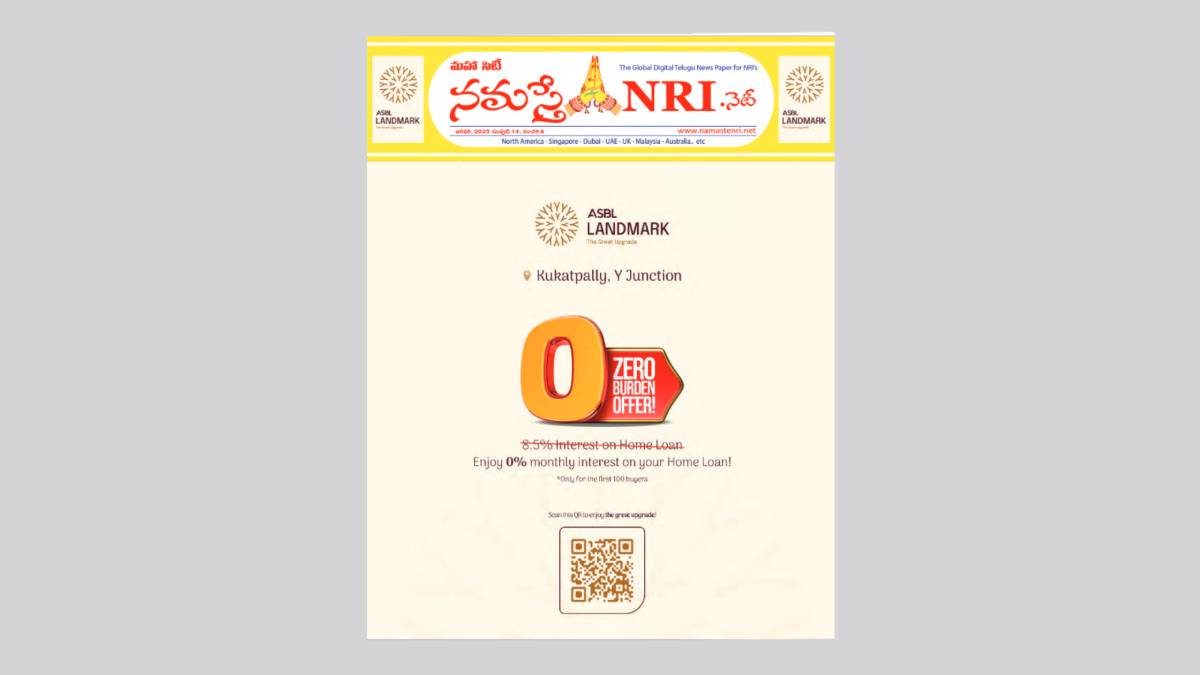A financial plan is a click to read vital tool for a non-profit organization just as it is for any other business. While the business plan is centered on the services that the company will provide however, the financial plan of a charitable organization must be focused on money. It should list the various types of revenue sources and anticipated amounts for each. It should also include recurring costs, one-time expenses for special occasions, and any capital or ongoing expenditures. It should also include any contingency plans that the charity has in place in case primary market opportunities fail.
The budget is usually prepared by the staff, but it is often examined and approved at the board meeting. The budget is used for tracking the progress of projects, as well as the success of fundraising efforts, and the overall financial status throughout the year. It is important for a non-profit organization to review its budget regularly and compare it to actual financials, and see where the variances are in order to make changes as required.
Nonprofits are more likely to incur more expenses than individuals, so they need to be cautious to keep track of their projected budget and revenue figures. Utilizing a budgeting tool, such as the free budget template that Jitasa provides helps organizations keep their figures up to date by making it easy to evaluate actual and projected numbers. Financial ratios and calculators can be extremely useful for non-profits to make informed decisions about how to allocate funds.












































